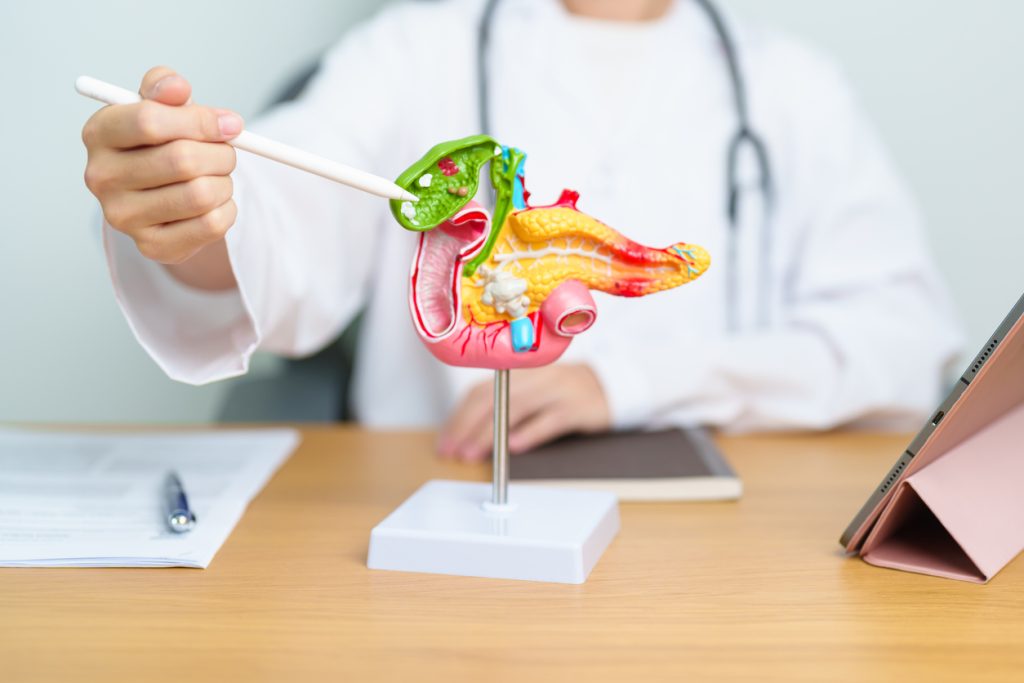
Gallbladder vs Appendix Pain: How to Recognize the Symptoms and Seek Proper Treatment
Distinguishing between gallbladder vs appendix pain is crucial, as both can lead to serious conditions that require urgent medical intervention. This guide will help you understand the functions of these organs, the typical issues associated with each, and the specific symptoms to help identify and seek appropriate medical treatment. Understanding the differences between gallbladder vs appendix pain can be the key to receiving timely and effective treatment, as the symptoms and consequences of issues related to these organs can vary significantly. By recognizing the distinct signs and symptoms of each, you can better determine when to seek urgent medical care and prevent potential complications.
Gallbladder: What You Need to Know
The gallbladder is a small, pear-shaped organ located under the liver on the right side of your abdomen. It stores bile, a digestive fluid produced by the liver that helps break down fats. A common issue associated with the gallbladder is the formation of gallstones, which can block the bile flow and cause acute pain. This type of pain can sometimes be confused with appendix pain, making the differentiation between gallbladder vs appendix pain critical for appropriate diagnosis and treatment. Understanding where the pain is located and the nature of the symptoms can help distinguish between these two types of abdominal pain.
Identifying Problems with Your Gallbladder: Symptoms
Gallbladder problems typically present with pain in the upper right quadrant of the abdomen, which may radiate to the back or right shoulder blade. Symptoms include:
- Severe and sudden pain in the upper right abdomen, especially after eating fatty foods.
- Nausea and vomiting, which frequently accompany the pain.
- Fever and chills, indicating possible inflammation or infection of the gallbladder, known as cholecystitis.
How Doctors Pinpoint Gallbladder Issues
Gallbladder issues are primarily diagnosed through:
- Ultrasound: This is the most common and effective test for detecting gallstones.
- Blood tests: These can detect signs of infection, inflammation, or blockages caused by gallstones.
- HIDA scan (Hepatobiliary Iminodiacetic Acid scan): This imaging test assesses how well the gallbladder functions and checks for blockages.
Effective Treatments for Gallbladder Pain
Treatment depends on the severity of the symptoms and may include:
- Medications: To dissolve gallstones or reduce pain and inflammation.
- Surgery (Cholecystectomy): Removing the gallbladder is a common treatment for recurrent gallstone attacks and cholecystitis. This surgery is generally safe and can often be performed laparoscopically, which minimizes recovery time.
Appendix: Its Role & Risks
The appendix is a small, tube-like structure attached to the large intestine, located in the lower right abdomen. Though its precise function is not completely understood, it is believed to play a role in gut immunity. The primary condition associated with the appendix is appendicitis, which is an inflammation that becomes a medical emergency if not treated promptly.
Warning Signs of Appendicitis: Immediate Actions Needed
Appendicitis typically starts with a vague discomfort near the belly button that sharpens and moves to the lower right side of the abdomen. Additional symptoms include:
- Progressively worsening pain, especially upon movement, coughing, or sneezing.
- Nausea, vomiting, and loss of appetite.
- Fever and general malaise.
Navigating Appendicitis: What to Expect
Appendicitis is diagnosed using several methods:
- Physical Examination: Tenderness in the lower right part of the abdomen when pressure is applied.
- Blood Test: Increased white blood cell count, which indicates infection.
- Imaging Tests: Ultrasound or CT scans are used to visualize the appendix and assess for inflammation and other issues like abscesses.
Treatment Options for Appendix Problems
The standard treatment for appendicitis is surgical removal of the appendix (appendectomy), typically performed as an urgent procedure to prevent rupture. Depending on the situation, antibiotics may be given before and after surgery to prevent infection.
Spotting the Differences Between Gallbladder and Appendix Pain
Recognizing the specific characteristics of the pain and associated symptoms can help differentiate between gallbladder and appendix issues:
- Location of Pain: Gallbladder pain occurs in the upper right abdomen and may radiate upwards. Appendix pain usually begins near the navel and moves to the lower right abdomen.
- Onset and Triggers: Gallbladder pain often occurs after eating fatty foods and can be episodic. Appendix pain tends to escalate quickly and continuously, often without a clear trigger.
- Nature of Pain: Gallbladder pain can vary in intensity and sometimes eases with bowel movements or passing gas. Appendix pain is persistent and sharp, worsening with movement or pressure.
Critical Symptoms: When to Seek Medical Help
You should seek immediate medical attention, if you experience:
- Sudden, severe abdominal pain.
- Fever accompanied by abdominal pain.
- Persistent nausea or vomiting.
- Signs of shock, such as cold, clammy skin, rapid heartbeat, or dizziness.
Gallbladder and Appendix Pain: Your Action Plan
Understanding the symptoms of gallbladder and appendix pain and their potential complications is essential for timely and appropriate medical intervention.
Both conditions require prompt attention to prevent severe complications. If you suspect you are experiencing symptoms related to either the gallbladder or the appendix, consulting a healthcare professional immediately is crucial for an accurate diagnosis and appropriate treatment. Recognizing these signs and acting quickly can significantly improve outcomes and prevent serious health issues.
Be sure to contact Surgical Associates for any of your concerns today!